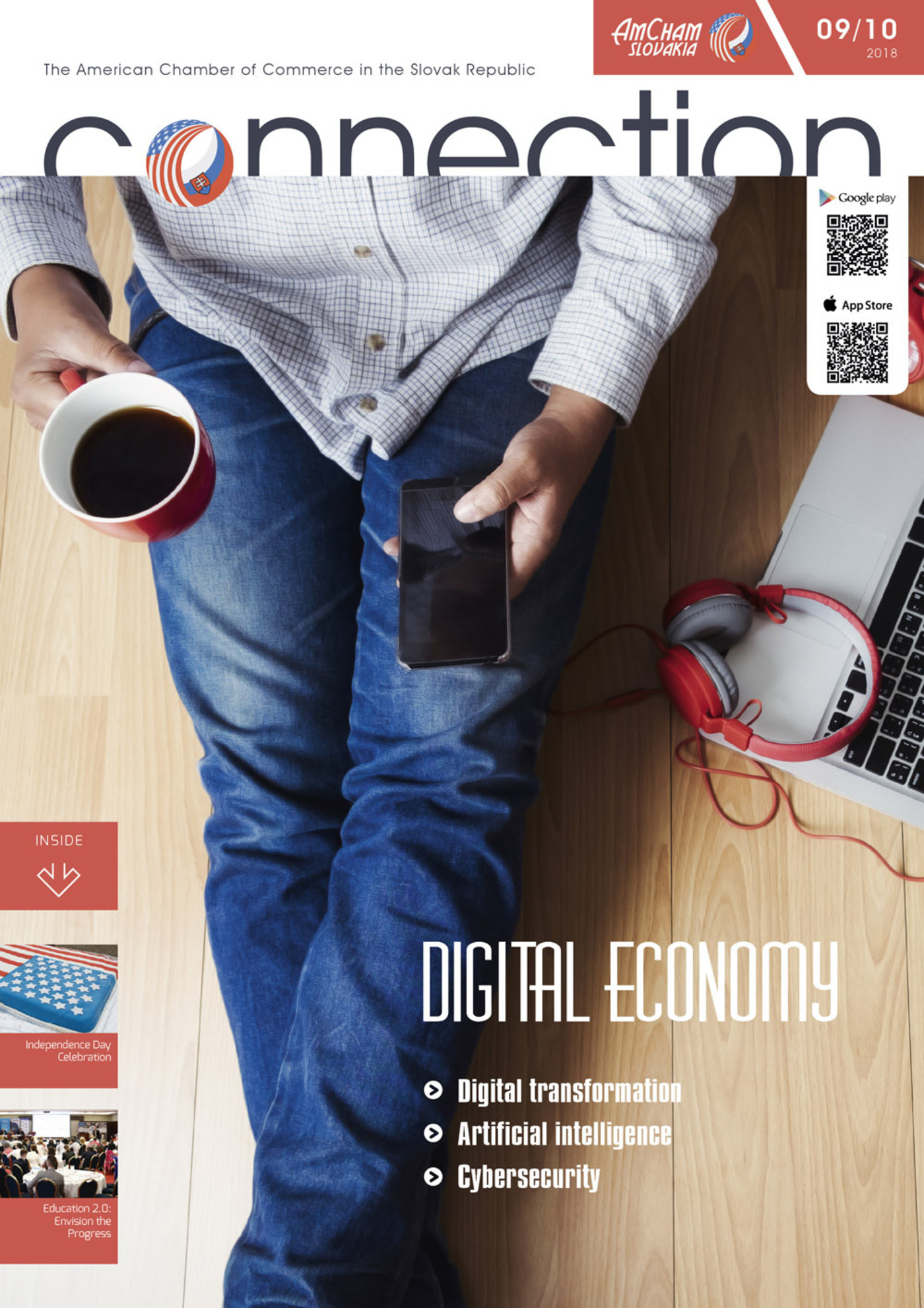e-procurement and e-invoicing
Corporations have realized the benefits of digitalization in procurement (e-procurement) decades ago. They have developed an automated resource planning systems, invoice digitalization via optical methods (OCR), electronic transfer of orders, delivery notes and invoices (EDI systems). Until recently these systems were only available to large organizations. Now even small and medium enterprises (SMEs) are able to digitalize processes within their own organization. With smaller ERP systems they automate several stages of the procurement cycle such as resource planning, purchase requests, approvals etc.
However, the area of e-Invoicing is specific, as communication occurs between various external subjects and it is still fairly untouched by digitalization. It is the last weak spot in the procurement process chain which prevents a fully digitalized e-procurement. In Europe, SMEs make up over 99% of businesses, mostly with self-employed/sole proprietors. It is therefore a huge challenge to bring the necessary level of standardization in such a diverse area. But the potential for savings and process improvements is great.
EU takes a lead
By the beginning of this decade, European Union (EU) realized this potential within its Europe 2020 strategy, which gives prominence to achieving a single digital market and calls for the removal of the regulatory and technical barriers that prevent mass adoption of e-invoicing.
The mass adoption of e-invoicing within the EU would lead to significant economic benefits. Furthermore, due to the close link between invoicing and payment processes, the creation of the Single Euro Payments Area (SEPA) offers a launch pad for interoperable European e-invoicing schemes. The Commission wants to see e-invoicing become the predominant method of invoicing by 2020 in Europe.
In some countries, e-invoicing is also largely motivated by fiscal considerations and the need to improve tax collections associated with the supply of goods and services.
Not all e-Invoices are the same
By the level of digitalization we distinguish visual digital invoices (e.g. pdf, jpg) and structured data e-invoices.
Visual digital invoices allow digital archiving, eliminate paper and postage cost. But the actual benefits come with structured data e-Invoices – they don’t require any manual processing and allow full automation.
In general, the benefits of e-invoicing include: paper savings; process improvements (faster processing, better decisions, embedded controls); reducing administrative burden in VAT area; reducing CO2 emissions; geographic independence in workplace; convenience aspects of e-invoices for consumers.
Enabling further evolution
Structured data invoices open the door for promising digital technologies as blockchain and big data analytics. Theoretically, the blockchain could be utilized to validate a transaction, deliver an e-invoice and facilitate payment, entirely automatically. Big data analytics applied to the vast amounts of structured e-invoicing data would open many additional services or insights into e.g. pricing optimization.
Status of EU e-invoicing efforts
The EU has taken a number of steps to promote the e-invoicing vision in recent years. The key measures were:
- The VAT Directive 2010/45/EC - placing e-invoicing on an equal footing with paper
- The Directive 2014/55/EU on e-invoicing in public procurement – it goes further and introduces the standards for structured data e-invoices
The VAT Directive was already transposed to legislation in Europe, including the Slovak republic. It supported the spread of visual digital invoices, which are now significantly more common than several years ago. The e-invoicing Directive (published in 2014) brought the real structured data e-invoices. It required to develop a technical norm (semantic data model). This was published in October 2017 (EN 16931).
The European Committee for Standardisation has reviewed several syntaxes already used in practice and eventually chose two of them as part of the technical norm – UBL 2.1 and UN/CEFACT Cross Industry Invoice. After the publication of the technical norm the e-invoicing project has entered the implementation stage with the final deadlines for implementation set for April 2019 for central contracting authorities and for April 2020 for local authorities.
Rules only for public procurement
The directive is only regulating public procurement (B2G), therefore no mandatory rules will be imposed on transactions between private companies or consumer (B2B or B2C). However, it can be expected that the implementation of the unified European standard for e-invoicing in the B2G sphere, will strongly promote and motivate the implementation of already developed standards in the B2B area.
How the Slovak government prepares for public e-procurement
European institutions (CEF Digital) regularly monitor the status of the e-invoicing directive implementation by member states. As of June 2018, there was very little progress in the implementation of the e-invoicing Directive in Slovakia. Currently, there is no legislation in this field. There is no e-invoicing platform available and general public contracting authorities are not using e-invoicing.
What about other countries?
An interesting development in e-invoicing is now in process in Italy. Italy has requested the EU to grant permission to introduce a mandatory e-invoicing regime. For the public sector, it started on July 1, 2018 and general B2B and B2C e-invoicing is scheduled to start from January 1, 2019. In Italy, an e-invoice must only be transmitted using the Interchange System (Sistema di Interscambio – SDI), managed by the Italian Tax Authorities. An invoice issued in a different format (paper, other formats) or not transmitted via the SDI is considered as “not issued“ and penalties may apply.
Conclusion
EU is on its journey to overcome obstacles in implementing truly digital e-procurement, including structured data e-invoicing. Significant progress was achieved especially in legislation and in technical standardization. Slovakia could do more to support these initiatives and upgrade the status of the digital economy in our county.
Tomáš Šalko, IT and Development Department VGD SLOVAKIA, s.r.o.



Follow us